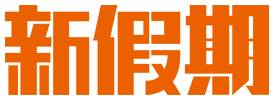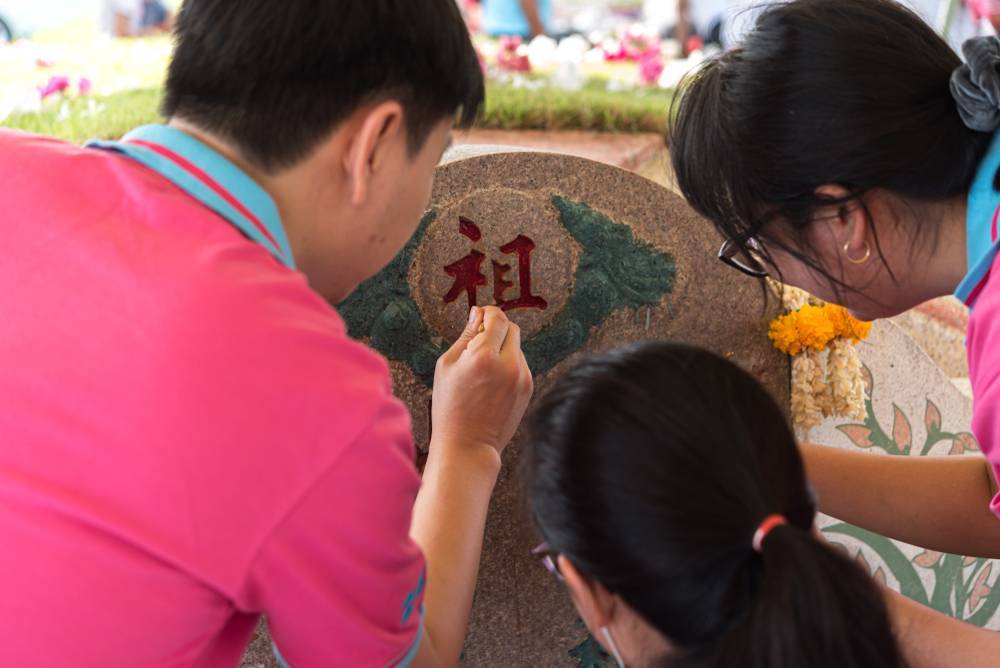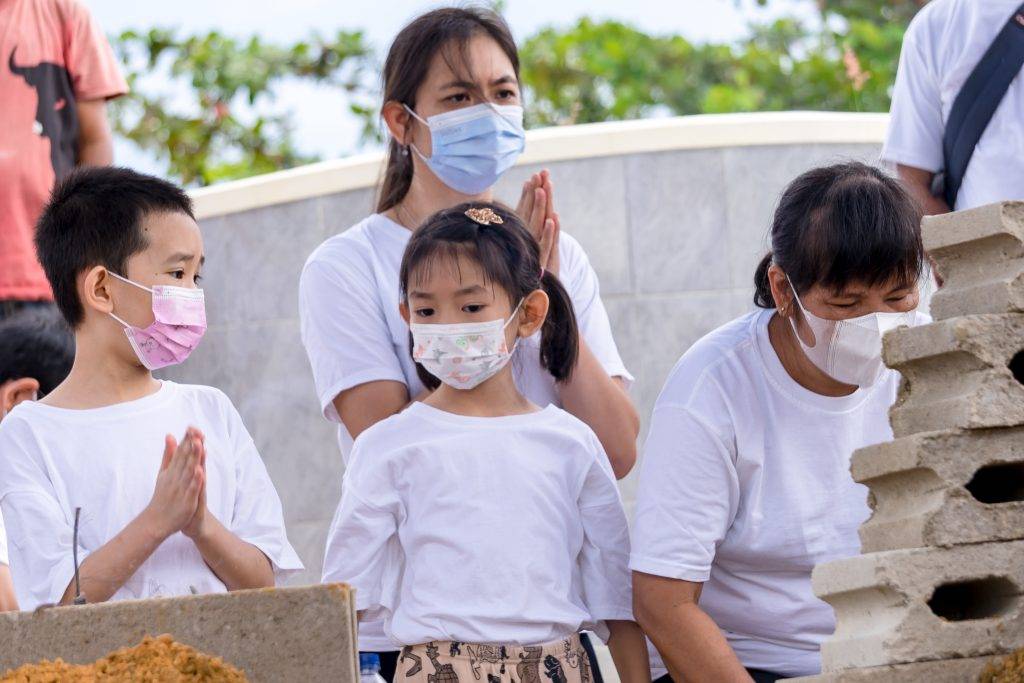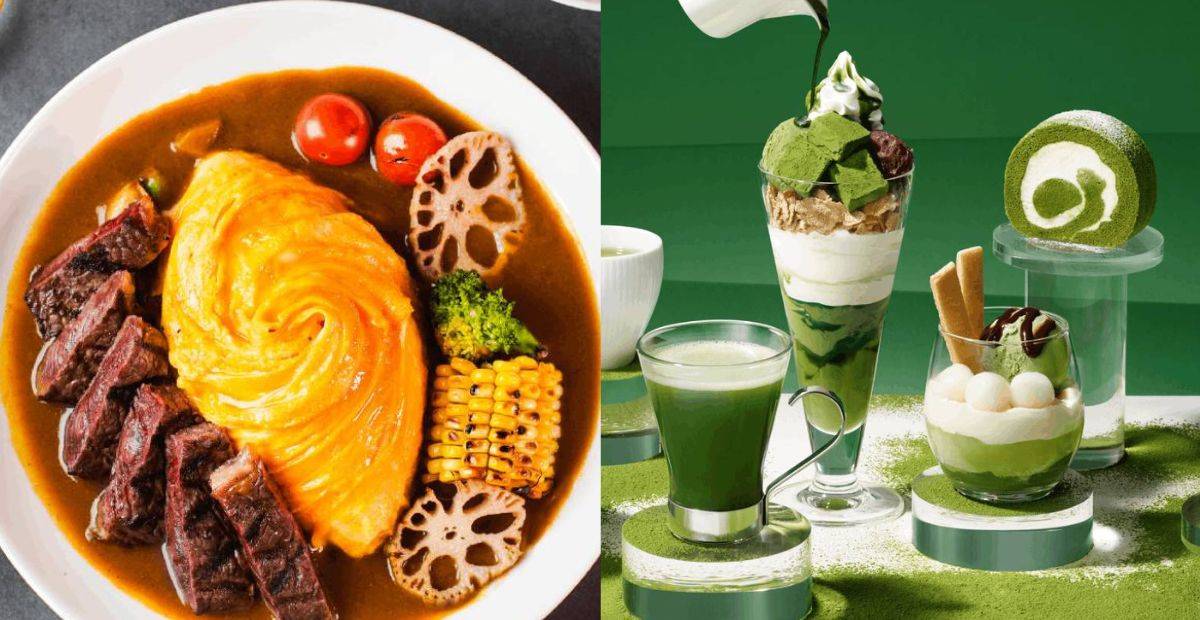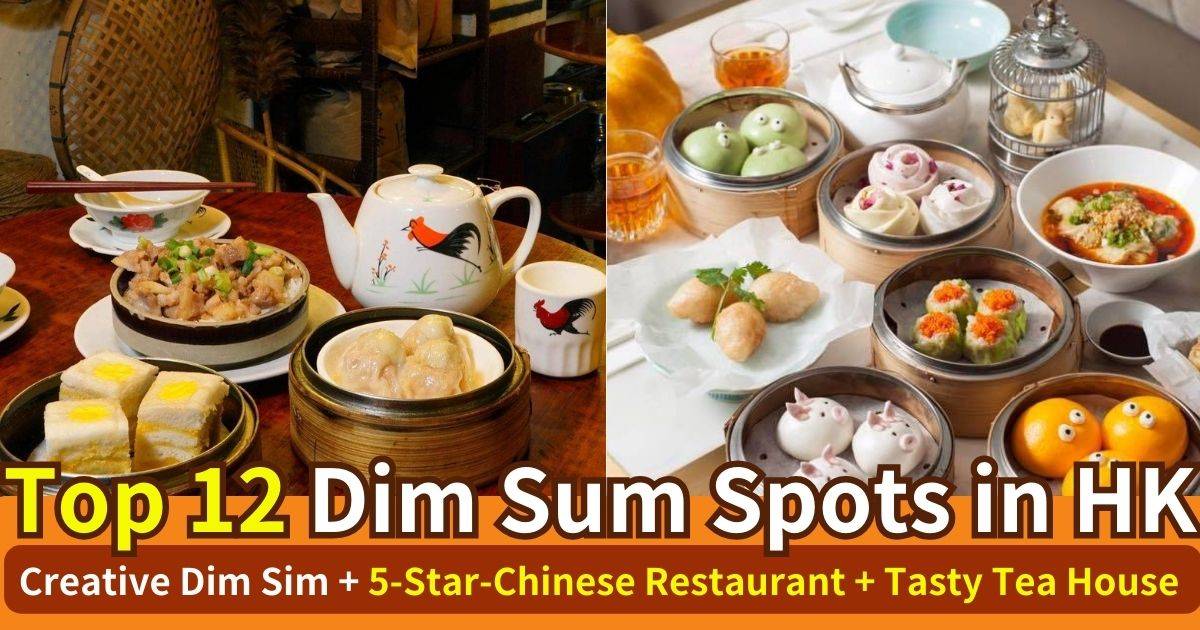Ching Ming Festival | History, Traditions, Activities
Ching Ming Festival : History/ Customs / Taboos / Activities
Origin of Ching Ming Festival
The Ching Ming Festival originated from ancient Chinese agricultural culture. It is the fifth solar term among the twenty-four solar terms, indicating that half of spring has passed and the weather is clear, with all things growing. Since ancient times, the Ching Ming Festival has been an important moment for Chinese people to worship their ancestors and pray for a bountiful harvest.
-
Legends of Emperor Gaozu of Han
TheChing Ming Festival started from a story about Liu Bang(劉邦), a famous ancient Chinese emperor. After winning many battles, Liu Bang returned home and wanted to visit his parents’ grave. But, due to the long wars, the grave was hard to find because of overgrown weeds and damaged tombstones. Feeling sad, Liu Bang tore a piece of paper into small bits and prayed. He believed that if a piece of paper landed and stayed put on a grave despite the wind, it would be his parents’ grave. This happened, and he found his parents’ names on the tombstone. He then fixed the grave and visited it every Ching Ming Festival Festival. This practice became popular, and others started doing the same, visiting and taking care of their ancestors’ graves during the festival.
-
Origin from Cold Food Festival:
Another legend about the Ching Ming Festival is that it evolved from the Cold Food Festival. The Cold Food Festival was established to honor Jie Zitui, a loyal man from ancient China. According to legend, when Chong’er, a prince, was in exile, Jie Zitui cut flesh from his own leg to feed him. Later, Chong’er, who became Duke Wen, sought to find and reward Jie Zitui. However, Jie Zitui had already retired with his mother to Mianshan in Shanxi. Duke Wen sent people to search for him in the mountains, but they couldn’t find him. His ministers set fire to the mountain in an attempt to force Jie Zitui out, but tragically, Jie Zitui and his mother were found dead, clinging to a locust tree. In memory of Jie Zitui, the festival was initiated, where people eat cold food and avoid using fire. This tradition is still observed in some parts of China, where people refrain from cooking with fire on this day and drink plain water instead of noodle soups.
Originally, the Ching Ming Festival and the Cold Food Festival were two separate holidays, used to worship ancestors and mourn loyal ministers, respectively. However, over time, these two festivals gradually merged. By the Tang Dynasty, the Ching Ming Festival and the Cold Food Festival had already become a single holiday.
-
Becoming a Folk Holiday
The Ching Ming Festival in China evolved from an official court holiday to a popular folk festival. During the Tang Dynasty, it was a court holiday with the emperor leading the ceremonies. In the Song Dynasty, it became a festival for everyone, where people swept tombs, enjoyed outdoor activities, and honoured their ancestors. This festival shows the Chinese values of family, respect for ancestors, and traditional virtues like loyalty and filial piety.
Customs of Ching Ming Festival
1. Tomb Sweeping and Ancestral Worship
The most important custom of Ching Ming Festival is tomb sweeping and ancestral worship. People visit the graves on this day to pay respects to their ancestors, offer flowers, light incense, and burn paper money as a way to express their nostalgia and respect for the deceased. During the tomb sweeping process, people also clean up the surrounding weeds and trees to keep the cemetery tidy.
2. Outing in Nature
Ching Ming Festival falls during a pleasant season with warm weather and blooming flowers, making it a good time for people to go out for outings in nature. “Treading on green” refers to activities where people walk on green grass in springtime while appreciating the beauty of spring scenery. This outing allows people to get close to nature, experience the beauty of spring, relieve stress, and enhance physical health.
3. Food
- Green Rice Balls (Qingtuan)
- Thin Pancakes
- Five-colour Steam Glutinous Rice
- Ching Ming snail
- Sanzi
Cultural Significants of Ching Ming Festival
- Ancestor Worship: The primary activity of the Ching Ming Festival is paying respect to ancestors. Families visit gravesites to clean tombs, offer food, burn incense, and perform rituals. This practice reflects the deep-rooted Chinese value of filial piety and reverence for ancestors.
- Celebration of Spring: Ching Ming is not just about ancestor worship; it’s also a time to celebrate spring. Activities like spring outings, flying kites, and enjoying the blooming flowers are common, symbolizing the joy and vitality of life.
- Family Bonding: Ching Ming provides an opportunity for family gatherings. These gatherings strengthen family bonds and ensure the transmission of cultural and family heritage to younger generations.
- Community and Cultural Identity: The collective observance of Ching Ming helps in maintaining a strong sense of community and cultural identity among Chinese people, whether in China or in the diaspora.
10 Taboos of Ching Ming Festival
- Get enough rest the night before visiting graves.
- Do not make noise or laugh while sweeping the graves.
- It is not appropriate to take photos or have group pictures taken in the cemetery.
- Avoid calling someone by their full name, you can use nicknames or partial names instead.
- Do not step on or disrespect the graves of others, or engage in disrespectful words and actions towards the deceased.
- Do not wear slippers.
- Do not wear red colour to show respect for the ancestors.
- Dress should be neat and tidy, forehead should not be covered, it is better not to wear hats to maintain sufficient yang energy.
- Even if the grave is located in a desolate mountain, one must never defecate anywhere.
- After visiting the mountains, you can go to a bustling place to stroll around. It helps dispel the yin energy from the cemetery.
Fun Facts:
Why is Ching Ming Festival always raining?
The weather often changes during the Ching Ming Festival, as highlighted in a famous Chinese poem with the line “It often rains during Ching Ming season” (清明時節雨紛紛). This phrase reflects the typical weather during the Ching Ming Festival, which is known for frequent rain. The Ching Ming Festival falls in spring, a season characterised by unpredictable weather and increased rainfall. This period marks a transition from the cold of winter to the warmth of summer, leading to variable and often rainy weather conditions.
Is the Ching Ming Festival celebrated outside of China?
Yes, the festival is observed in other countries with significant Chinese communities, such as Malaysia, Singapore, and Indonesia, where Chinese cultural traditions are maintained.
What is Joss Paper/ ghost money?
Joss paper, also known as ghost or spirit money, is a type of paper used in Chinese rituals, particularly in funerals, ancestor veneration, and various festivals like the Ching Ming and the Hungry Ghost Festivals.
What are the main activities during the Ching Ming Festival?
The Ching Ming Festival, also known as Qing Ming Festival(清明節), is a traditional Chinese festival that focuses on paying respect to ancestors. It’s a time for families to visit and clean the graves of their departed loved ones, offer prayers, and make ritual offerings.Click for More
When is the Ching Ming Festival held?
The Ching Ming Festival is usually observed on April 4th or 5th each year. The date is determined by the Chinese lunar calendar and marks the beginning of spring.Click for More
What are the main activities during the Ching Ming Festival?
The primary activity is tomb sweeping, which involves cleaning the gravesites of ancestors, offering food, burning incense, and paper money…Ching Ming Festival

